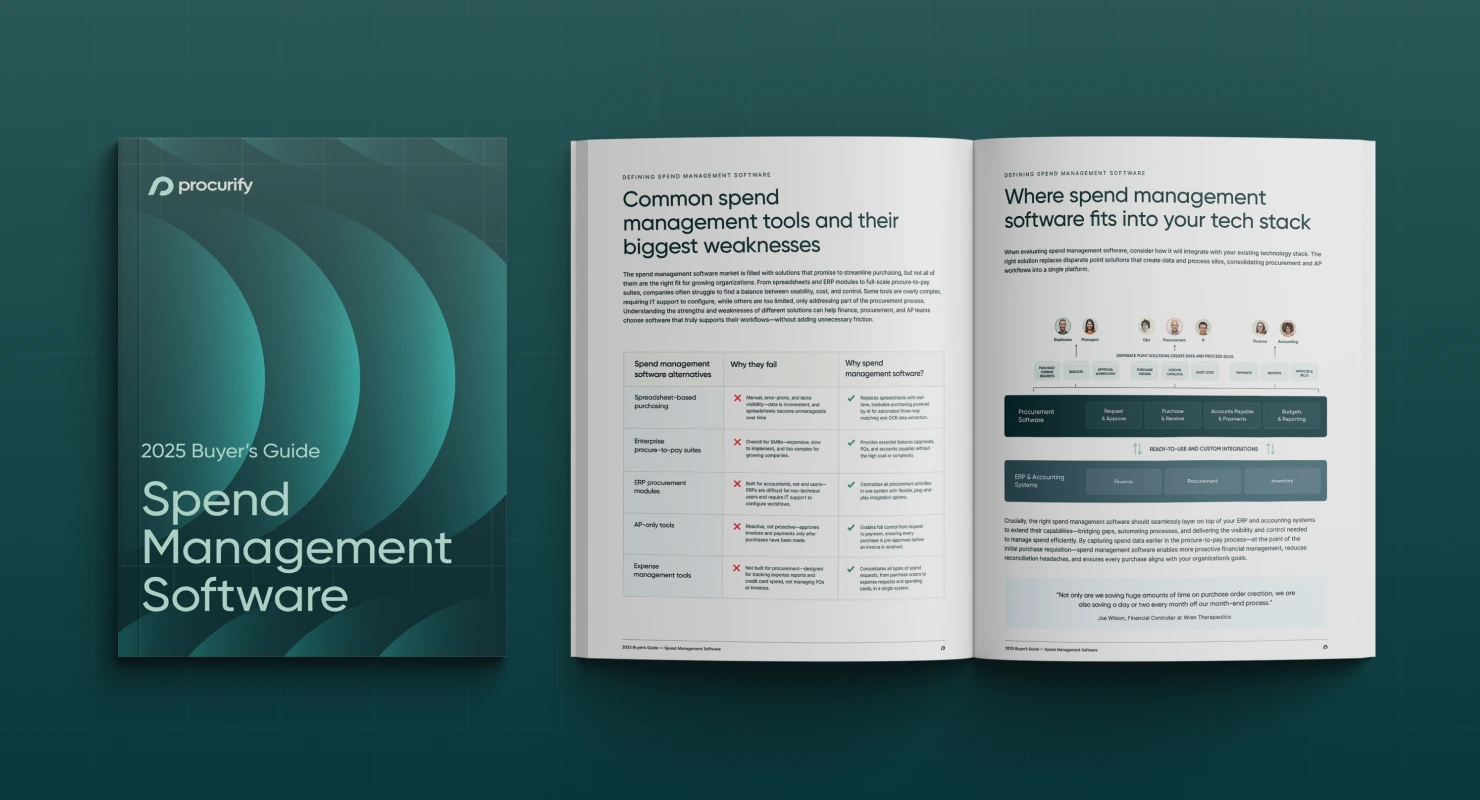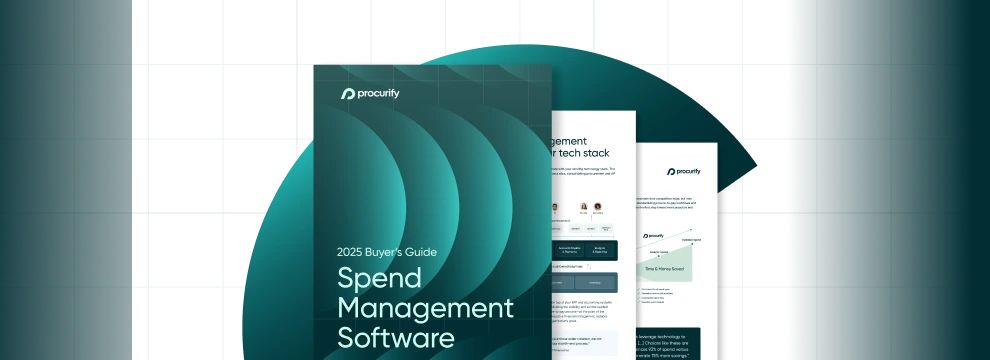16 Levels of Procurement in the UK
Undeniably the procurement progress varies a great deal from project to project, requiring a great deal of patience to not only understand but to map out the various intricacies that one may or may not come across within the process. ACE, within its report entitled Procurement Landscape, has compiled a diagram (see full sized here: Procurement Landscape Report – Diagram) showing the various routes through the process, splitting the basic stages of the process into a total of 16 levels of procurement in the UK.
The paths vary according to factors present and decisions made, providing a thorough diagram of possibilities that includes potential loops that indicate situations where a formerly settled decision, at an earlier level, will have to be reconsidered. Given the level of complexity, going through the chart is necessary, whilst remembering that many of the items listed on the diagram may or may not be pertinent to every procurement process.
16 Levels of Procurement in the UK
The chart detailing the Procurement Landscape should be examined starting with the upper right hand corner, with level 1-3 spanning the top third of the diagram, and together composing the role of legislation within the process. The various legislative powers (level 1) create not only regulations or contract rules, but also define the decision making process that must be conducted at the government and public sector level (2). This strives to ensure that the project is justifiable, and adequate resources are made available. After this more generalised level, level 3 is the commissioning process, a capability assessment to evaluate client policy and governance, the client project delivery team and a framework for supplier engagement.
Moving on from the legislation dependent portion of the process, the next aspect encompasses the details within the commissioning cycle, including stakeholder feedback. The commissioning cycle, builds from the decision making structure in level 3, to lay out the business case with any amendments in level 4, with level 5 serving to isolate the type of project that is intended, specifically if it is a one off project, if it is a repair, or if it implies multiple actions over the long term. Level 6 specifies the governance, by looking at global, EU, UK, and local authority standards. This level serves to establish local support, risk management, sustainability, financial boundaries, and transparency among other factors. The Commissioning cycle also entails choice of the route to achieve the desired delivery model (level 7), strategy development (level 8) covering eight vital decisions regarding contract preparations, timelines for project engagement, as well as the value after cost considerations.
Levels 9-11 covers decisions around settling tender. From publishing the call for tender to the evaluation and comparison of submissions, levels 9-10 are dependent upon the previous levels for term definitions and entity expectations, ensuring these are maintained in the supplier selection.
Level 10-11 finalise the acquisition of tender, ensuring that all parties are in compliance with the legal statuses necessary, as well as ensuring transparency within tender selection. Extensively detailed in level 10-11 are decisions that must be made regarding the project follow through, including but not limited to clarifications, approvals of drafts or changes, as well as consultations. In total, there are over 60 areas in which interactions and decisions will be necessary. Many of these points can be anticipated and therefore approached efficiently, if necessary skills are applied.
Within the process, level 12 entails an understanding of the best practice for reaching out to stakeholders, managing insurance, partnerships, engaging with the supply chain, and payment structures.
Level 13-14 details progress of an active project, including reviews, periodic payments or costs, setting up asset management, evaluations of the whole life cost, and establishing benefits of the project. At this stage in the project, many of the levels are intertwined, as levels 15-16 have several potential protocol loops to decisions in level 11-14. Meanwhile in these final levels the project is being finalised and items such as brand improvement, public relations, political and regulatory certainty, as well as profit margin are established.
While the diagram is vastly complex, when one follows the levels in order, and ensures the points most relevant to the procurement at hand are addressed, a level of understanding for the process of procurement will be obtained in a realistic prospective not often provided within the majority of formal studies on the topic.
This is a guest post by Natasha Levanti. She is the Group Communications Executive representing the Association for Consultancy and Engineering (ACE). If you’re interested in sharing your knowledge with Procurement Sense readers please contact us.

2025 Spend Management Software Buyer’s Guide
Choose the spend management solution best suited to your organization’s needs with an overview of the 2025 software ecosystem, feature comparisons, and a free vendor capability evaluation checklist.
